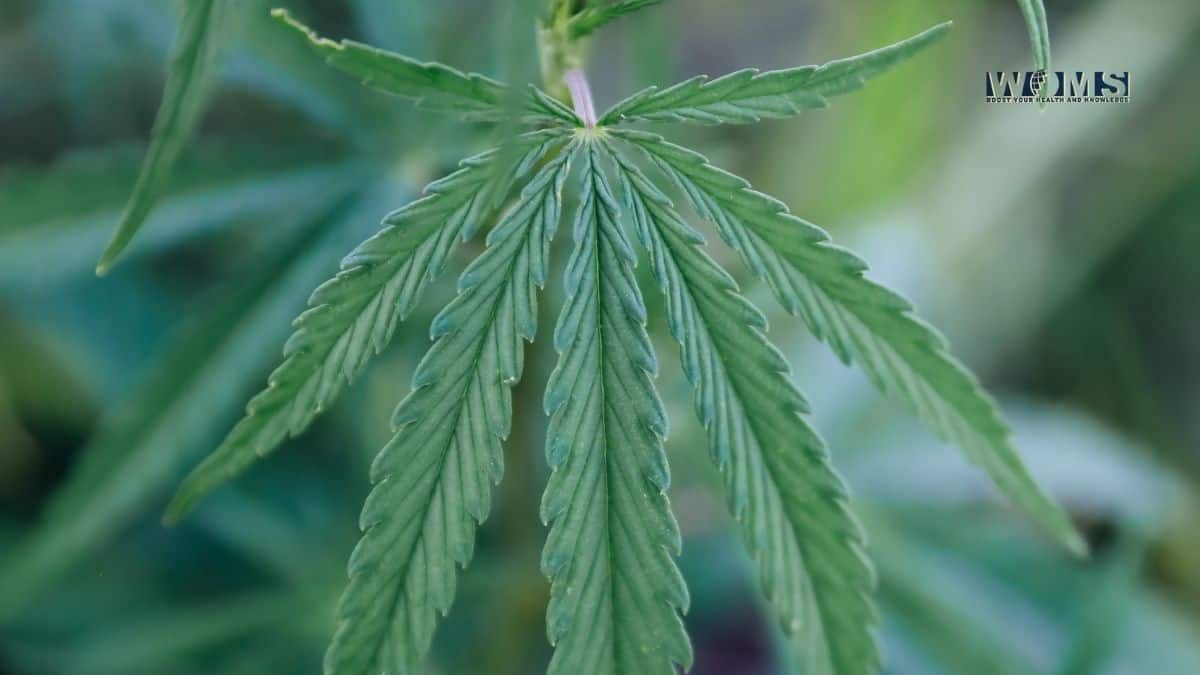What is Cannabis Ruderalis?

A good number of people express shock when they discover that cannabis has 3 species. This is because most people are only familiar with the Indica and Sativa variants. Hence, it is not something that you would find at your local dispensary. The Ruderalis species is the least popular out of the trio. However, it should not be berated as it is unique and highly beneficial. In addition to this, it is highly controversial amongst researchers and cultivators.
Come with us as we give you insight into the origin, nature, and uses of this species of cannabi and check out qualifying conditions for a medical card in Ohio
Understanding Cannabis Ruderalis
The Latin word Ruderalis signifies that the plant species in question is ruderal. A plant is termed ruderal if it grows in the wasteland or terrains that have been disturbed. Natural disasters such as Wildfires and Avalanches are good examples of disturbances. Also, human actions such as mining and construction qualify as disturbances. Consequently, Understanding the Role of a Medical Marijuana Card in WV requires knowledge of the ruderal plants growing in the area.
This specie is considered to be a weed. It is therefore not surprising to find Cannabis Ruderalis growing at a roadside railway or on abandoned land. However, recent cannabis grooming trends have domesticated this species to create more hybrid varieties. We’ll consider the Ruderalis species under the following categories:
Historical roots
The cannabis Ruderalis is a species of cannabis that is low in tetrahydrocannabinol (THC). Hence, it is safe to say that there is zero or no experience of psychoactivity when used. This species has its historical roots in Asia, Central Europe, Eastern Europe, and Russia. Its historical origins explain its adaptation to harsher and cold climes as would be subsequently seen.
Classification controversy
The heated debate concerning this species of cannabis is a testament to its controversial nature. There have been heated arguments amongst plant scholars and taxonomists for a long time.
To some people, the Cannabis Ruderalis is fit to be called a species on its own due to its distinct features. While to some others, it is a sub-specie of the well-known Sativa variant.
There is also a theory that suggests that the Cannabis Ruderalis has connections to the Indica variant. This theory postulates that CR originates from CI but as a result of evolution, it can withstand harsh climates like Russia.
Presently, plant taxonomy databases term it as Cannabis sativa var. Ruderalis.
According to Highway420, only experienced growers or cannabis enthusiasts would know the inherent benefits of this cannabis species.
What you should know
Before making your mind up, here are important facts to consider:
The Auto-flowering advantage.
Its auto-flowering characteristics make it a hot pick in the growers’ market as this means easy breeding. Perhaps, you might wonder what this means. An auto-flowering plant as the name implies is one that enters the flowering phase without any light regimen. This means that the growth of this plant is not determined by its light cycle but by the completion of its vegetative phase.
The vegetative/ seedling phase usually lasts till 21-30 days while the flowering phase is complete after 90- 110 days.
This in itself is an agricultural advantage over photoperiod cannabis strains. Grooming Photoperiod cannabis strains require a great deal of technical know-how. This is because you have to understand and properly execute the lighting regimen to have a bumper harvest.
In addition to this, you would need to have an effective pest and disease control structure.
Quality hybrids
Growers have a penchant for deriving hybrids using the Cannabis Ruderalis and this is a result of its auto-flowering perks. Deriving a hybrid that flowers fast and is rich in THC or CBD is the dream of every grower. This can only mean one thing which is more harvests which in turn translates to more money.
Morphology
The cannabis Ruderalis species doesn’t have a lot of leaves when compared to the Sativa and Indica variants. It makes up for this with its auto-flowering benefits. Growers can expect more harvest by planting more of this variant since its flowering time is rapid.
According to Herbies, the fact that this species grows in regions with long and harsh winters, made it evolve into a small and fast-growing plant. Its durability and resilience are features that have made growers attracted to it.
This little wonder rarely grows more than 2 feet in height. It often falls within the height range of 1 to 2.5 feet. Its height makes it a good fit for indoor grooming and since it doesn’t require a strict light regimen, its growth is not affected. Its leaves are broad and pale in hue. What distinguishes this species from others is its small and dense buds. The cannabis Ruderalis species also has a chunky and fibrous stem. Hence, it is used in the production of textiles and rope.
Constituent’s uses, and perks
As mentioned above, Cannabis Ruderalis has low THC content. It only possesses 3% of THC which is low when compared to its co- species possessing up to 20-25% of THC. This means that this species is non-recreational. The only incidence of it being recreational is when it is cross-bred with Cannabis strains that are rich in THC. Examples of this are the Indica and Sativa variants. When cross-bred with a strain like this, the result is a hybrid that self activates its flowering phase and is recreational.
Cannabis Ruderalis is however rich in cannabidiol (CBD) which has excellent medicinal benefits. Hence, this species is effective in treating conditions such as depression, anxiety, epilepsy, chronic pain, and acne.
This species of cannabis is also beginner-friendly. Rookie growers or people who want to grow this species for their medical needs do not need to bother about grooming techniques as mentioned above. Preventive and maintenance techniques like pest and disease control that require planting expertise are absent. Its ability to thrive despite attacks from pests, diseases, and unfavorable conditions makes it one to look out for.
Wrapping up
The notion that Cannabis Ruderalis is inferior to other species is a flawed one. No species is inferior or superior by default. The superiority or inferiority of species is dependent on a variety of factors both internal and external. Quality of plant care, grower’s skill, and the quality of the genetics determine the superiority or otherwise of a product. A thoroughly bred and carefully groomed Cannabis Ruderalis is after all superior to a poorly tendered Sativa.




